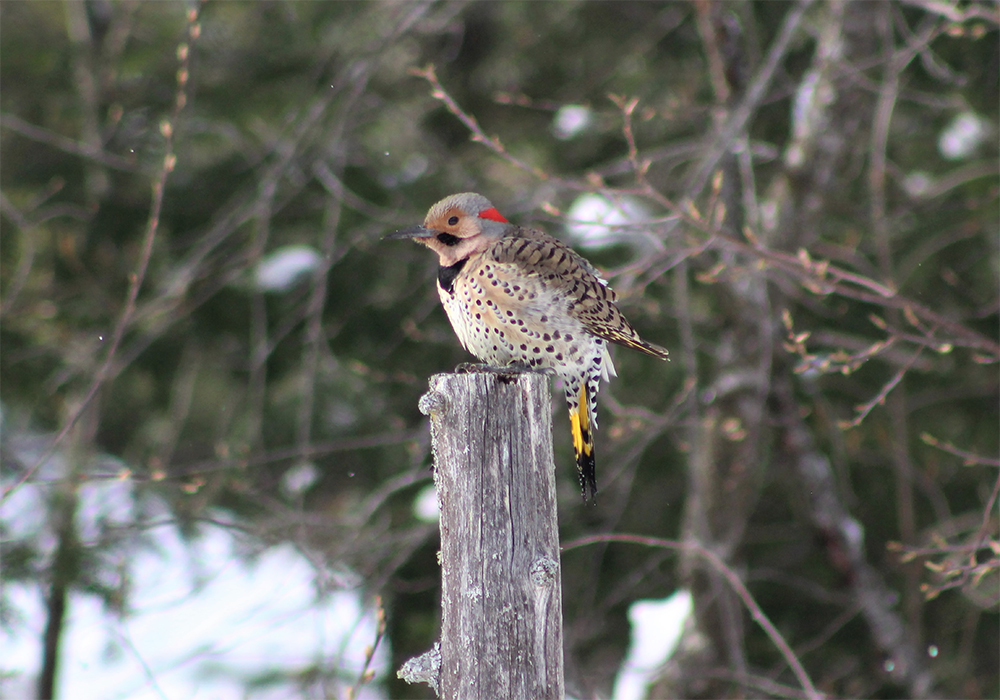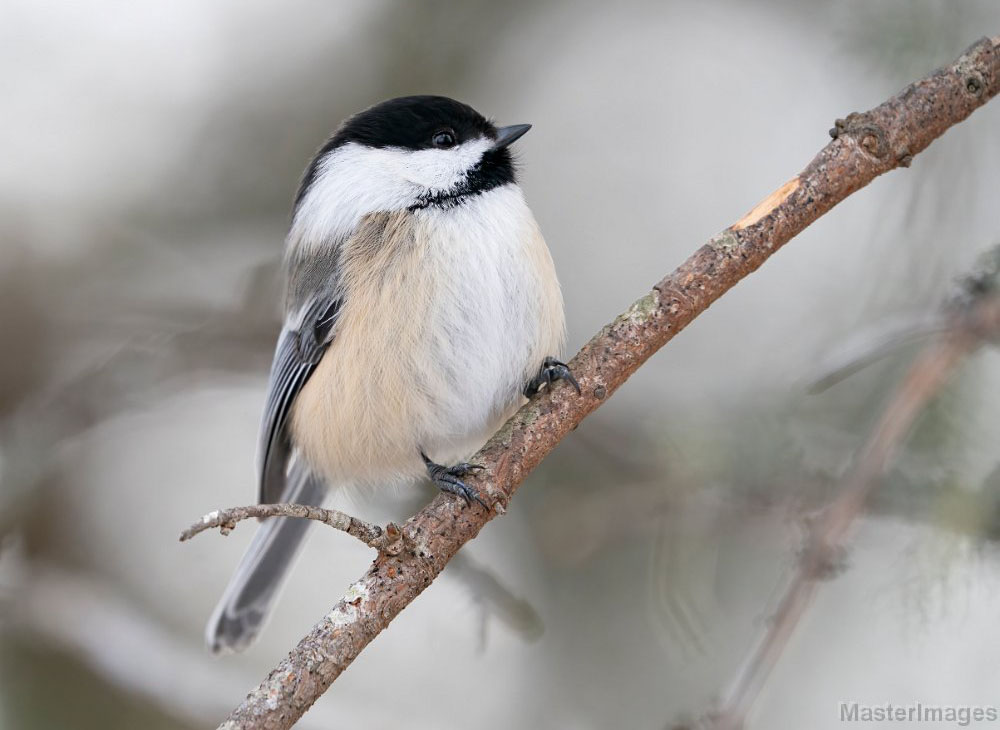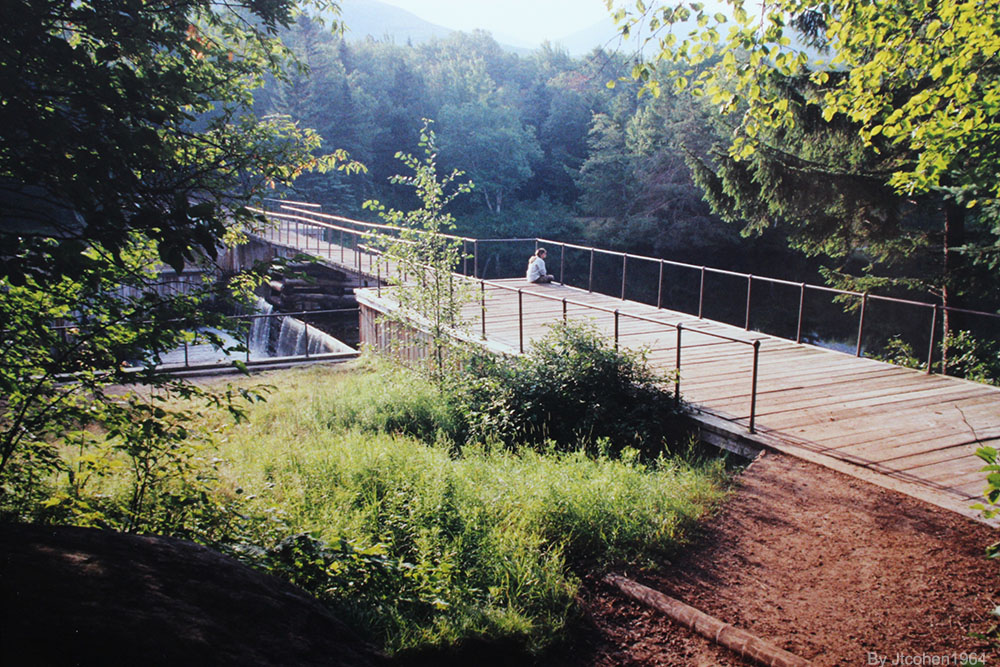
Birds You Can Enjoy in Your Own Backyard
By: Jess Kelley – Adirondack Council Development Assistant
Tuesday, October 26, 2021
In recent years, more and more people are seeking out refuge in the Adirondack Park for its peace, tranquility, and amazing waters and wildlands it has to offer. The unique patchwork of private, public, and protected lands in the Adirondacks allows for easy access to an abundance of wildlife, but you don’t necessarily have to hike miles into the most remote places of the Park to experience it. Many of those critters venture out of the forest to end up right in your backyard.
Some of my favorite wildlife to watch in my little piece of the Park are the many species of birds that thrive in the Adirondacks. Whether it’s the easily recognizable blue jay, the prolific robin, tiny hummingbirds, or noisy woodpeckers, there are always birds around.
 Northern Flicker
Northern Flicker
The Northern Flicker
The most recent new addition to our backyard is an easily identifiable bird. It had a distinctive red patch on the back of its head, a long, thin beak designed for eating insects, and a crescent-shaped black patch on its upper chest. On that particular day, not only one bird showed up in our yard, but a whole flock of these medium-sized feathered friends was seeking out little bugs for a daytime meal.
After doing a quick search in my bird book, I identified them as Northern Flickers (Colaptes auratus), which are in the same family as woodpeckers. They were most likely in my yard searching out ants, one of their favorite snacks. The picture above shows the male of the species, which was the first one I noticed because of the bold black patch on his chest; the females lack this. Another interesting tidbit I discovered was that they can be easily identified in flight by their yellow underwing and bright white butt, something I couldn’t see as they hopped across my yard. I’m assuming that the yellow underwing is how they got one of their most common nicknames, the yellowhammer (that and the way they drill into ant hills to collect a beak full of the tiny insects). It was quite entertaining to watch.
Throughout the morning, they decided to hang around and explore our yard and both our neighbors, sometimes ending up in the red maples in our front yard or the apple trees in back. One little guy even took a perch for a minute on the flag pole on the front of our house. Eventually, they moved on, most likely to the next stop on their fall migration. Click HERE if you want to learn more about the northern flicker’s migratory patterns and how the warming climate is, and will, continue to affect this species.
 Black-Capped Chickadee (Poecile atricapillus)
Black-Capped Chickadee (Poecile atricapillus)
One of my all-time favorite birds that I often see in my little patch of the Park is the chickadee. In the Adirondacks, we have black-capped chickadees (Poecile atricapillus). They’re small, gray birds with white bellies and black on the tops of their head. They are here all year round and are very cold-hardy, having the ability to drop their body temperature 10-12 degrees at night to adapt to falling temps. They’re especially cute when they do another heat-saving measure, fluffing their feathers up to hold in any residual warmth.
Chickadees are also known for their many sounds, having at least a dozen calls. Earlier this month, I had a colleague ask me, “Do you know what the cheeseburger bird is?” She honestly had me baffled until another teammate chimed in and said, “Oh, yeah – that’s one of a chickadee’s calls!” I hadn’t heard that one before, but if you listen closely, one of the calls does have the same rhythm as the word “cheese-bur-ger,” hence the “cheeseburger bird.” The call I’m most familiar with is the classic “chick-a-dee-dee-dee” of their namesake, which they use to alert other chickadees of an approaching predator.
 Marcy Dam - 1990
Marcy Dam - 1990
Marcy Dam and the Importance of Its Removal
The earliest memories I have of these little birds are sharing crusts of bread from our lunch with the chickadees when I went cross-country skiing into Marcy Dam with my family as a kid. We’d sometimes even get them to eat out of our hands if we stood really still. It’s one of the reasons why I love birds so much – their quirky habits, relative friendliness, and accessibility.
Locals will know the former dam well, which was located roughly two miles from the Adirondack Loj. It used to wall off a body of water known as Marcy Dam Pond, fed by Marcy Brook. Originally constructed by the Conservation Corps in the 1930s, the dam was damaged when hurricane Irene tore through the region in 2011. Because of this damage, and the need to adhere to the principles of Wilderness management, the Department of Environmental Conservation removed the dam entirely in 2014. This allowed the brook to flow freely once again. The hiking and ski trail has been rerouted to accommodate the changed landscape.
Rewilding of the Area
I’m sure the chickadees and other wildlife are thankful to have their habitat back. I find it serendipitous how nature has fought back against climate change and done for us what should have been done in the first place – restoring this natural landscape to its former glory. As much as I enjoyed visiting the dam at the foot of High Peaks as a kid, it’s more important to protect this incredible landscape and preserve it for future generations. In another decade or so, you probably won’t even be able to tell that the dam was there. The natural landscape will be restored, and the many species of birds and other wildlife that live in that area will have even more pristine wildlands to roam free and thrive.

Jess Kelley is the Adirondack Council's Development Assistant. She is a native of Keene, NY. Upon graduation from Keuka College, she began her career as a high school biology teacher. After earning a master’s degree in Cell and Molecular Biology from the Illinois Institute of Technology, Jess worked as a Stem Cell Biologist for a Fortune 500 company. As an 8th generation ADKer, she returned to her beloved Adirondacks with her husband and son to be closer to her extended family and friends. In her spare time, she enjoys camping, fishing, singing, and making custom jewelry. She’s thrilled to be a part of the team at the Adirondack Council working with colleagues who share her passion for protecting the wildlands of the Adirondacks.




